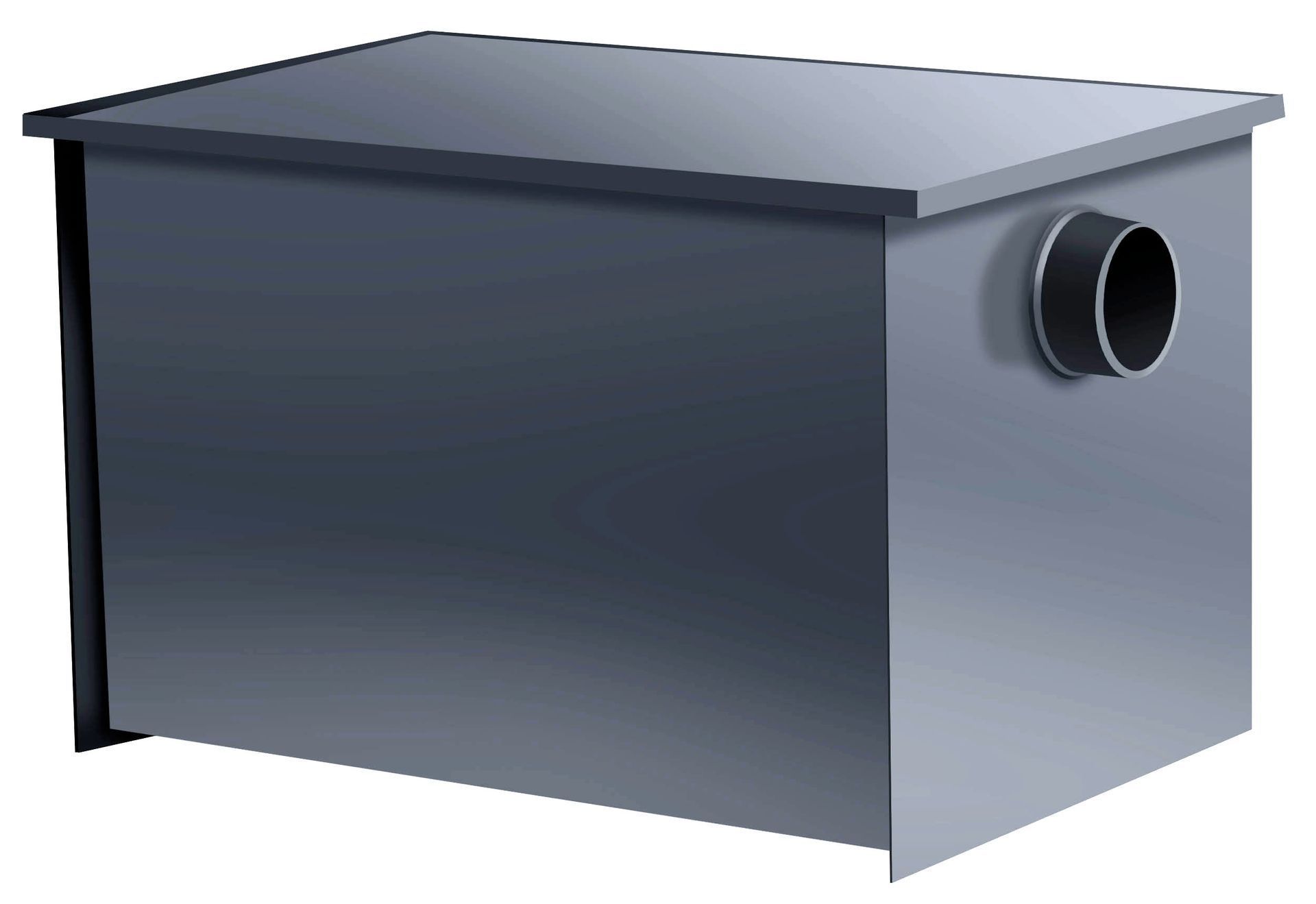August 22, 2025
Cleaning a grease trap might seem like a straightforward task, but there are several common pitfalls that can turn this routine maintenance into a real headache. Failing to clean a grease trap properly can lead to unpleasant odors, clogging, and even fines. This blog post will cover some of the common mistakes to avoid, which will ultimately save you time, effort, and money in the long run.
1. Neglecting a Regular Cleaning Schedule
One frequent mistake is neglecting to set up a regular cleaning schedule. Many people wait to have their grease trap cleaned until it is overflowing or giving off an odor before they consider cleaning it, but by then, it might be too late. According to the Environmental Protection Agency (EPA), septic tanks should be pumped every three to five years. While grease traps are different, they require regular attention to avoid similar issues. Establish a routine where you check the grease trap frequently, and plan on cleaning it before it reaches one-quarter full.
2. Using the Wrong Tools or Chemicals
An equally critical error is using the wrong tools or chemicals for the cleaning process. Some may choose to use harsh chemicals when having a grease trap cleaned in an attempt to dissolve built-up grease, but these can damage the trap and even harm the environment. Instead, opt for tools specifically designed for grease trap cleaning and rely on environmentally safe solutions. Professional-grade tools can efficiently scrape away grease without compromising the integrity of the trap's interior.
3. Failing to Inspect Structural Integrity
Another common oversight is failing to inspect the structural integrity of your grease trap during each cleaning session. Grease traps are prone to wear, and neglecting to check for cracks or leaks can lead to costly repairs down the line. As you have your grease trap cleaned , take the opportunity to assess its condition. Promptly address any concerns to ensure the trap’s long-term functionality and to prevent any legal issues related to leaks and environmental harm.
Avoiding these common grease trap cleaning mistakes can save you from future problems and help maintain an efficient, odor-free environment. Regular cleaning schedules, appropriate tools, and thorough inspections are key components of effective grease trap maintenance. By being proactive and detail-oriented, you can ensure your grease trap operates smoothly and fulfills its vital role in waste management. For quality, dependable grease trap cleaning in Brandon, FL and the surrounding areas, contact Blue Septic Tank Service Inc today!





